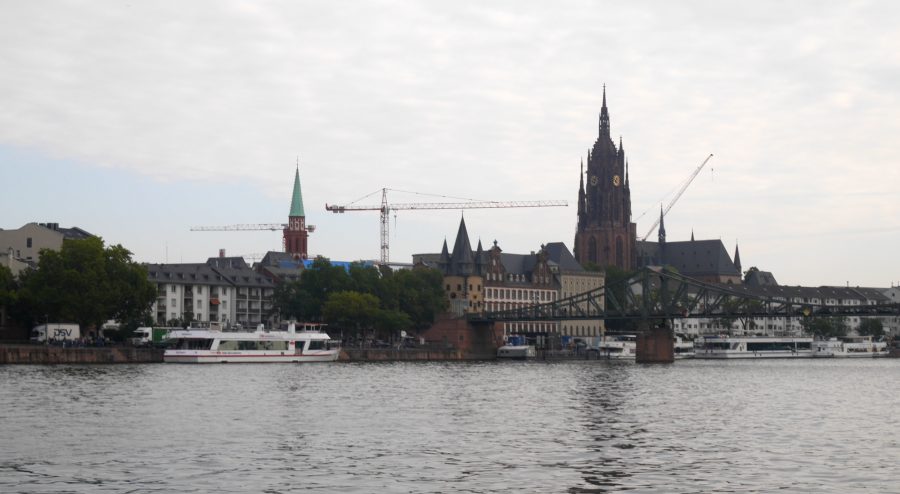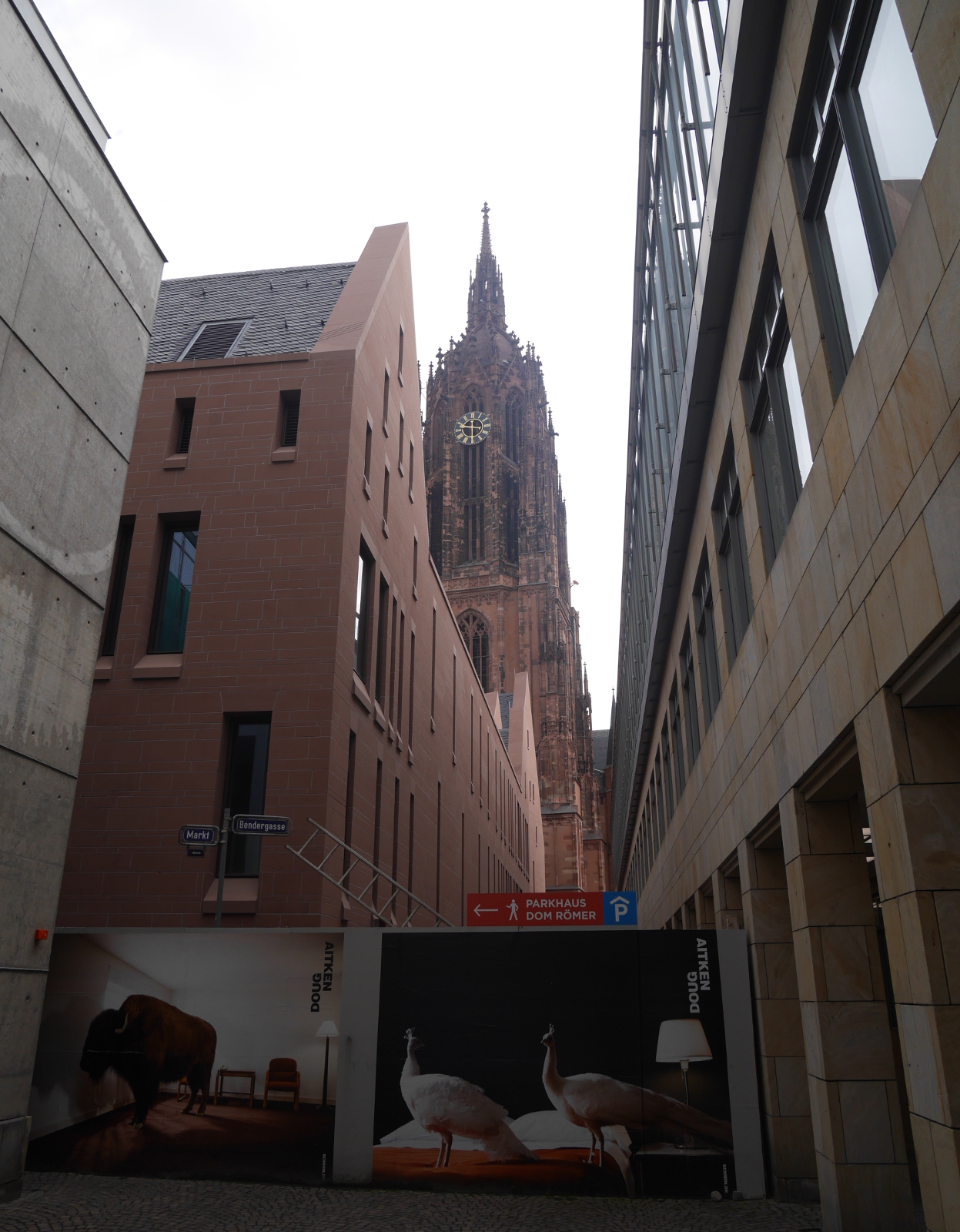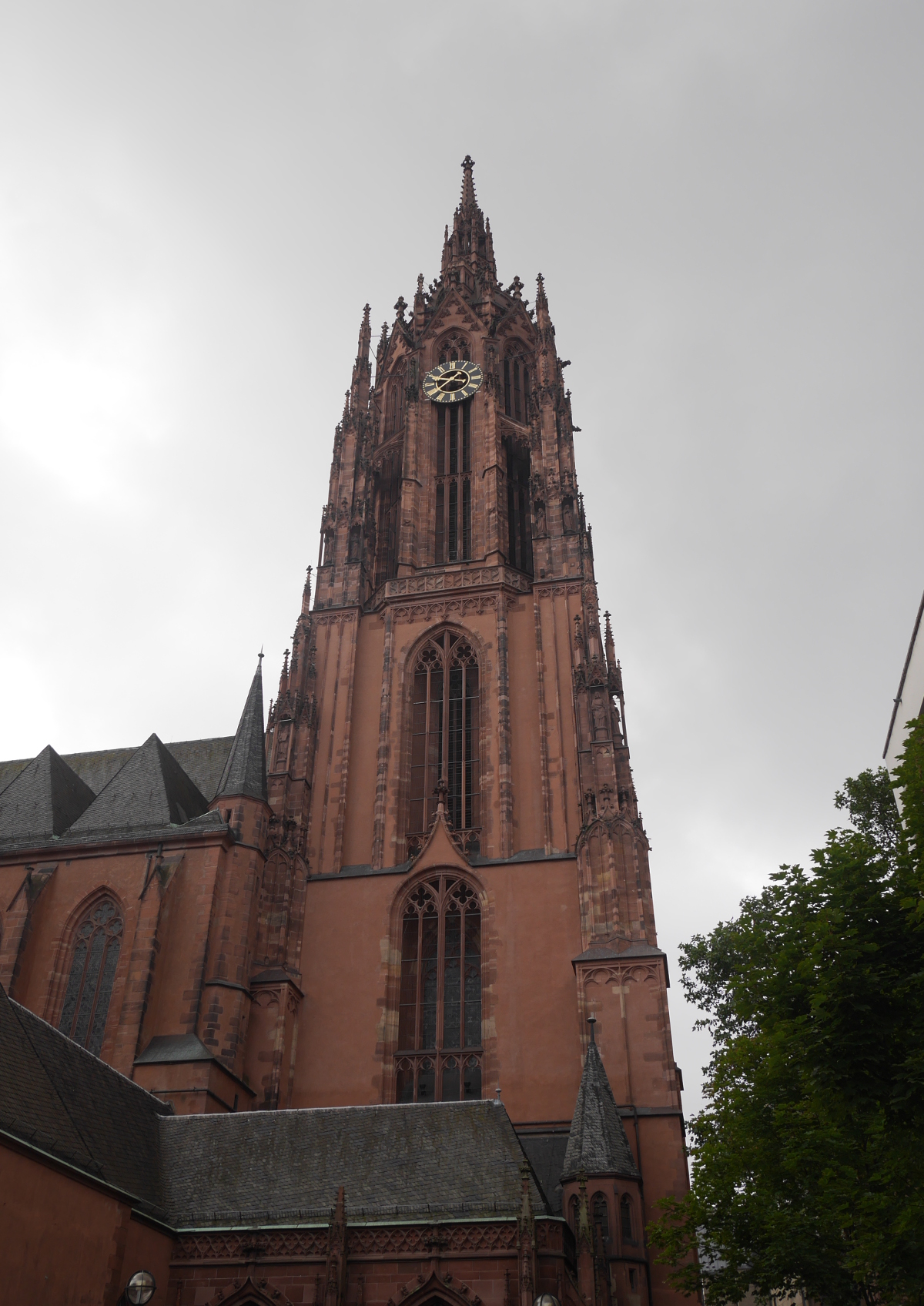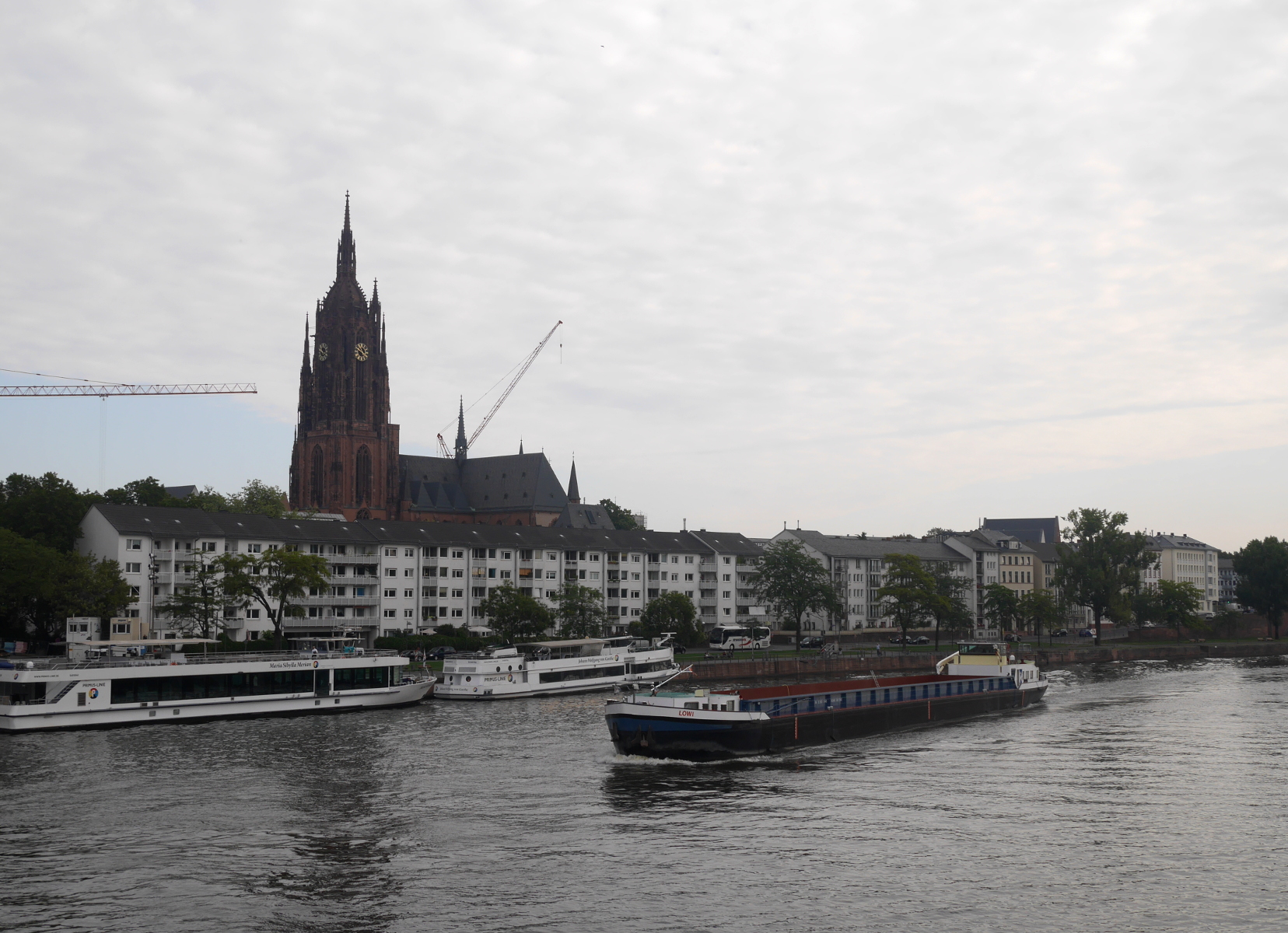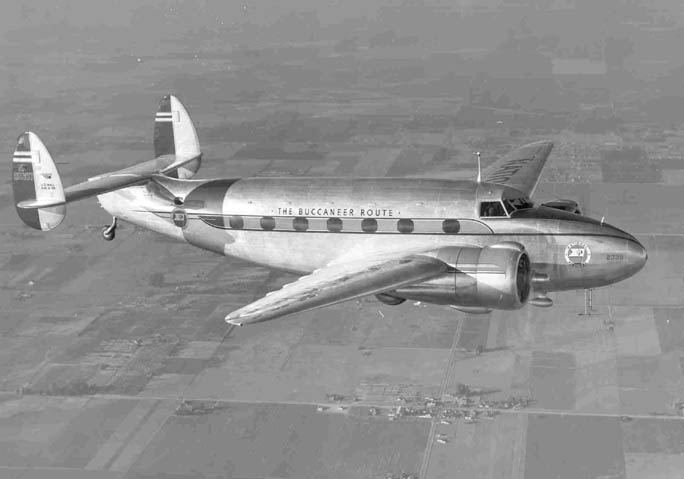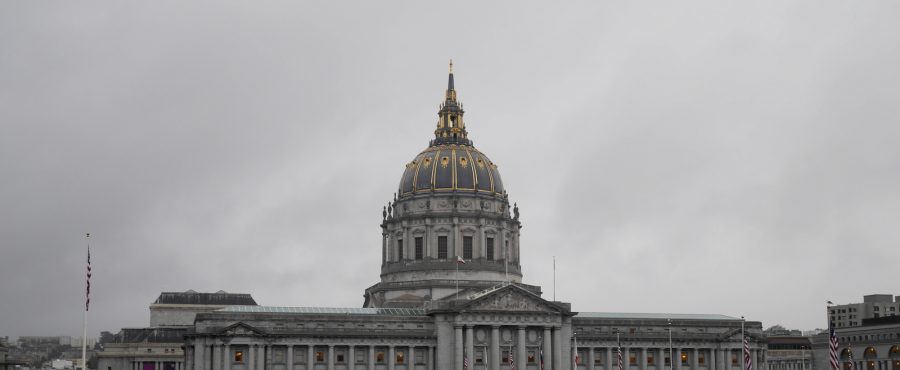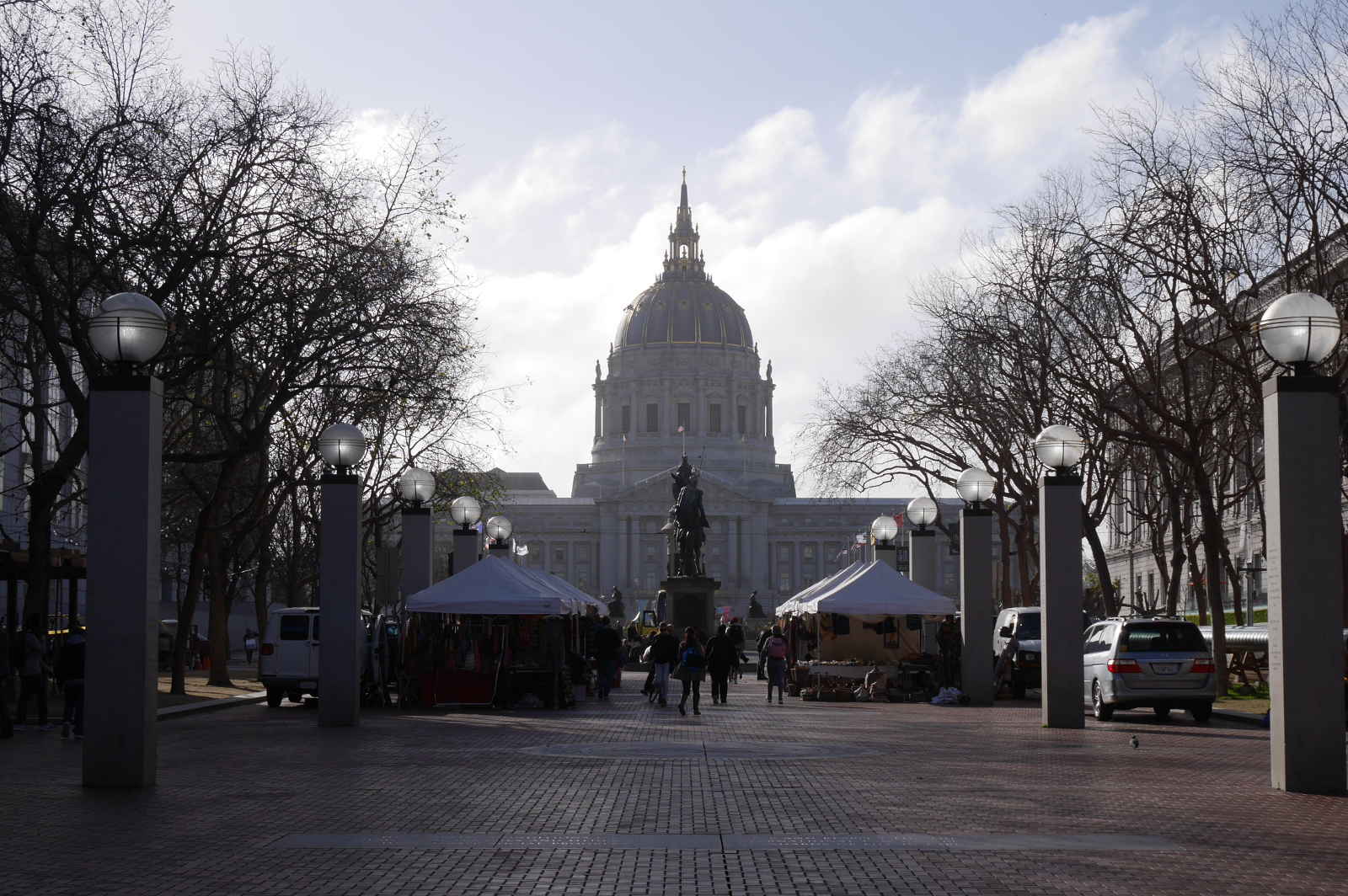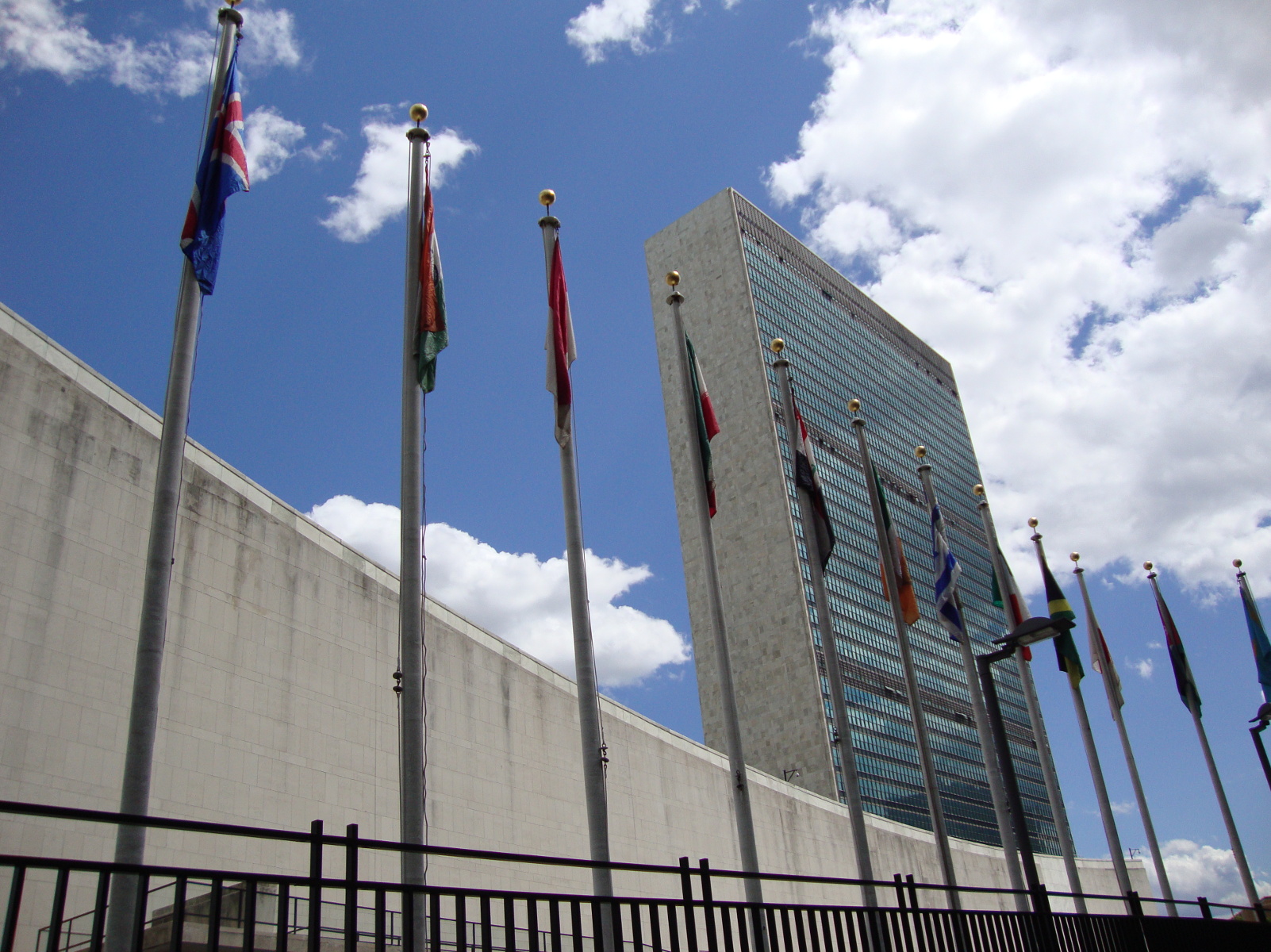In 1997, after my fourth grade year, I went with my family on a trip to Europe. We flew in and out of Frankfurt, and spent a couple of weeks visiting Germany, the Czech Republic, Austria, itty-bitty Liechtenstein, and Switzerland. Frankfurt did not make a big impression on me, as we didn’t spend much time there and the city does not have much character anyway. (I was most impressed by Berlin, the city abuilding, where we spent the better part of a week.) One thing I do remember from Frankfurt in 1997 is the historic city center next to the Main River. In particular, I remember visiting a cathedral made of red stone that stood in front of a plaza.
In 2015, on one of my trips out to India, Lufthansa gave me a nice long layover in Frankfurt, and I used some of the time to make an excursion from the airport to the city center by train. (For further observations from the same visit, please see my post “From fortress to Boulevard.”) The red-brick cathedral, the Frankfurter Dom, was there just as I remembered it from eighteen years earlier. But to my surprise, the plaza in front of the cathedral was gone!
In its place was a construction site. A sign at the site explained that the area was being built up to restore its pre-World War II urban density. The plaza had only existed since the war, when much of Frankfurt was destroyed by Allied bombs.
I suppose the redevelopment of the former plaza in front of the cathedral is done by now. Lately, I have been thinking about how this project makes use of previously wasted urban space, opened up by the world’s worst war. In my own country, the United States, our cities have have their own share of wasted space, created not by bombs but by overzealous mid-century urban planners working in the name of urban renewal. I wonder if it is time to redevelop some of the big empty plazas in this country as well.

